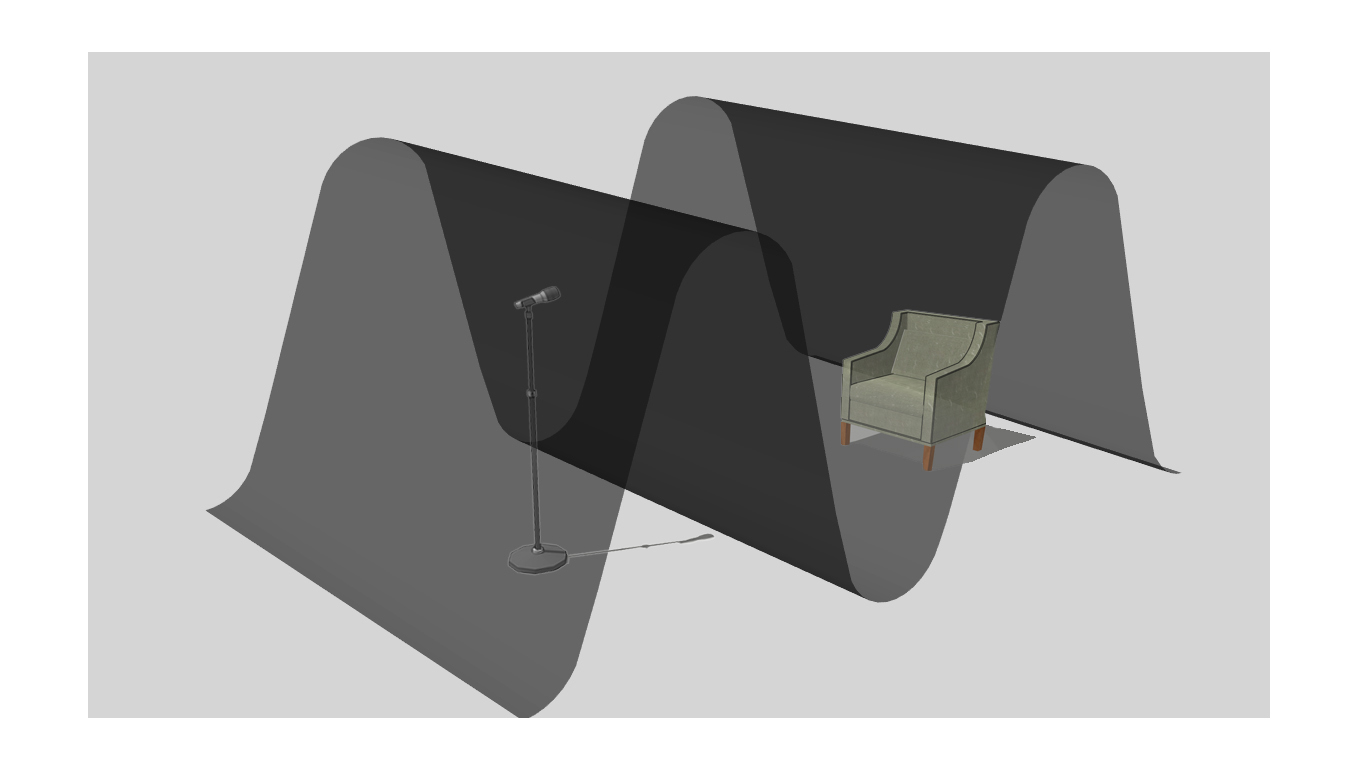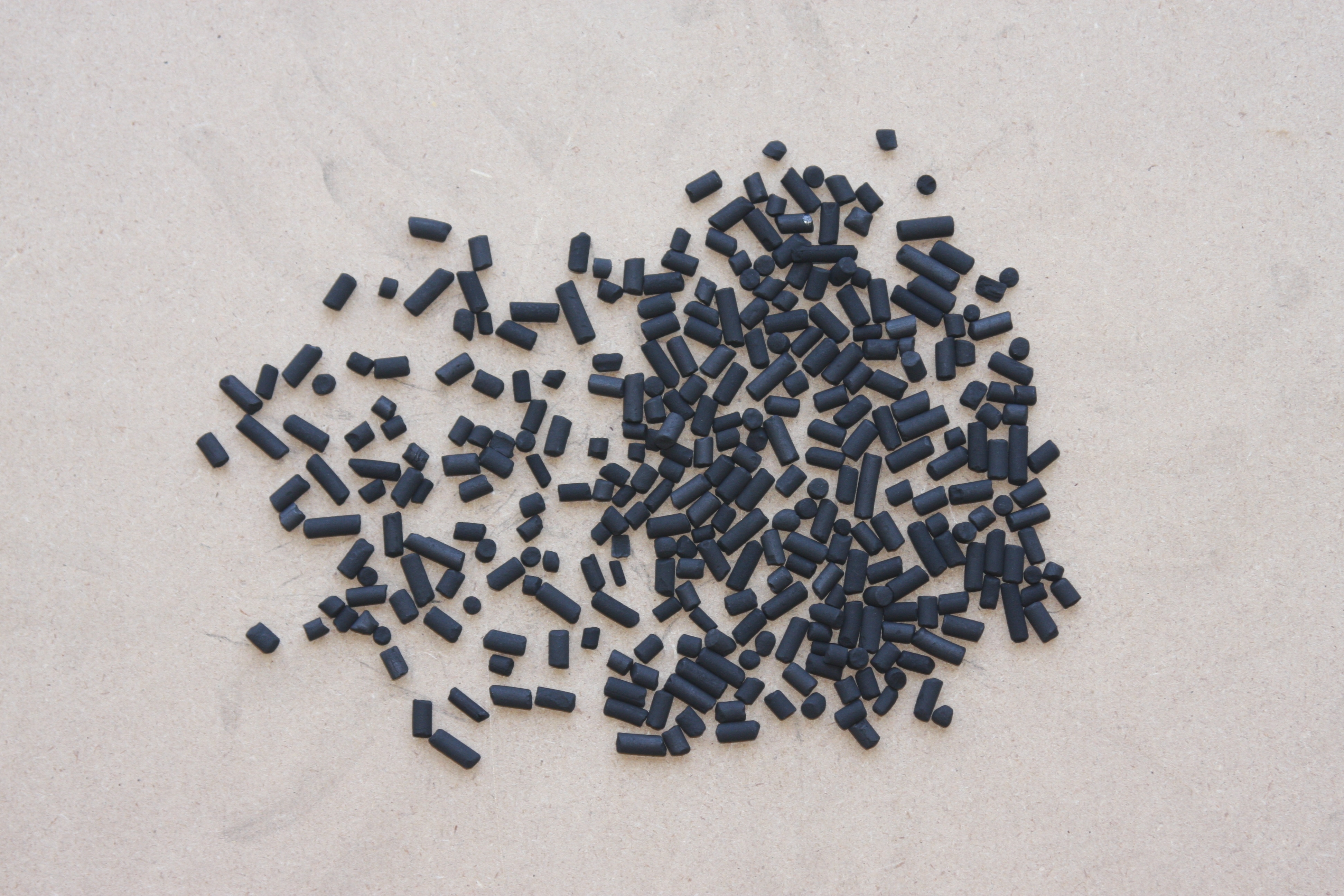Best Natural Sound Absorption Materials
Determining the top 10 best sound absorption materials must be done by calculating the frequency range of the energy you are trying to absorb. There are three main frequency ranges that we must deal with in order to determine what the 10 best natural sound absorption materials are. There are low-frequency energy waves and then there are middle and high-frequency energy rays. You first must define what frequency issue you are dealing with then assign the correct type of treatment, the correct amount and place it in the proper position. In order to find the 10 best natural sound absorption materials, you must match the treatment to the problem. If you do not do this exercise first, you will fail since most products are designed to treat only one type of energy. Products and materials either are designed to treat waves of energy or rays of energy.
Waves
Waves of energy within our rooms are low-frequency energy that is long and tall. Wave energy is like ocean waves that oscillate through your room. They go through walls floors and ceilings. We have all felt this energy from neighbors playing their stereo, from bands at rock concerts and even garbage trucks as they go from house to house setting off car alarms as they crawl down the street. Low-frequency energy is the most difficult of all the energies to absorb. They are pressure waves. A 40 Hz. wavelength of energy is 28′ long and 14′ high. It can go through a 12″ deep wall of concrete and be heard and felt outside of the wall. Absorbing this energy type takes special treatment technology. There are only three types that you can use depending on the frequency and amplitude (strength) of your problem.
Helmholtz, Membrane, Diaphragmatic
Helmholtz resonators are difficult to build and you need many units since they only address narrow frequency ranges. Membrane absorbers can go low in absorption but they can not absorb much energy at lower frequencies. Diaphragmatic absorbers are the most powerful of the three since they are designed to work on sound pressure. Helmholtz resonators and membrane absorbers work on airflow across their surfaces. The goal with any absorber is to absorb as much energy as you can per square foot of the product’s surface area. Only diaphragmatic absorption has the strength to deal with long waves of energy that are 28′ – 40′ long.
Diaphragmatic Materials
Inside our diaphragmatic absorbers is carbon 12. Carbon 12 is the same material our human bodies are made out of. It is as organic as it gets. Carbon 12 is similar to charcoal that you use in your grill. Carbon 12 raw materials are processed into granules that have numerous pores or holes within each granule. We control the density of the granule, the pore size, and the depth and diameter of the pores. The final material is called activated charcoal and is used to filter air and water in fish tanks and air filters. We use it inside our diaphragmatic absorbers to increase performance in our units. It has a direct impact on the rate of absorption or how much energy is absorbed at what frequency. The cabinet depth and front wall (diaphragm) contribute to how low the technology reaches to.
Diaphragmatic Absorption: https://www.acousticfields.com/product-category/sound-absorption/acda-series/
Ray Energy
Ray energy is the energy of middle and high-frequency issues. Ray energy is like sunshine. The energy is much smaller than wave energy. It is like sunlight. The rays of light are similar to the rays of sound. They are straight-line energy that produces reflections in our rooms. Reverberation times are the summation of all the reflections from ray energy from the room walls, floor, and ceiling. When you add up all the reflections from the six-room boundary surfaces, you get reverberation. Reverberation is defined as the amount of time energy stays in the room after the source of the sound has stopped producing the energy. Reverberation is room distortion and it interferes with our speech and music. It is not called echo. The echo requires distance and is a repeating signal. It is reverberation. It is the air within the room moving.
Reverberation: https://www.cirrusresearch.co.uk/blog/2018/04/what-is-reverberation-time-and-how-it-is-calculated/
Echo: https://www.dictionary.com/browse/echo
Open – Celled Foam
Ray energy is the energy of our middle and high frequencies. It is the energy of voice. One of the most economical and widest used treatments for middle and high frequencies is open-celled foam. The open-celled foam may not be one of the 10 best natural sound absorption materials but its cost and performance outweigh any other issues regarding the absorption of middle and high frequencies. Open-celled foam is the name of the foam since it differs drastically from closed cell foam. Open-celled foam is for sound absorption. Closed-celled foam is for seat cushions and car seats along with our couch cushions. Closed-cell foam is not designed to absorb any energy type and is even used as packing material for shipping products.
Fabrics
Certain fabric types can be used to absorb middle range frequencies. Natural cotton, flannel, and denim are natural materials that could easily rank in the 10 best natural sound absorption materials. Drapes are another large surface area of materials that can have absorption coefficients that work well for absorbing voice and music. The key factor you need to realize with fabrics that are used with drapes is to use multiple layers of natural materials to achieve sound absorption. It is the layers of different materials that create better sound absorption qualities. Layers of denim and any natural fibers will produce the necessary drape thickness to facilitate absorption.
Human Carpet
Many people use carpet as a sound absorber. It does have some impact on sound absorption since it usually covers large areas on our floors. The problem with carpet is that it won’t absorb much energy at lower frequencies due to its thickness. Even with a carpet pad, it will usually only work for frequencies above 500 Hz. Human beings can also act as sound absorbers. Human beings are just large bags of water and skin. One could say we are all a type of diaphragmatic absorber. When we calculate reverberation times in churches and schools we always need to know how many people will be in the room at the time sound absorption is needed. When we do our calculations, we figure each person has the absorption coefficient equal to 12 square feet of 1/2″ carpet.
About Us At Acoustic Fields: https://www.acousticfields.com/about/









